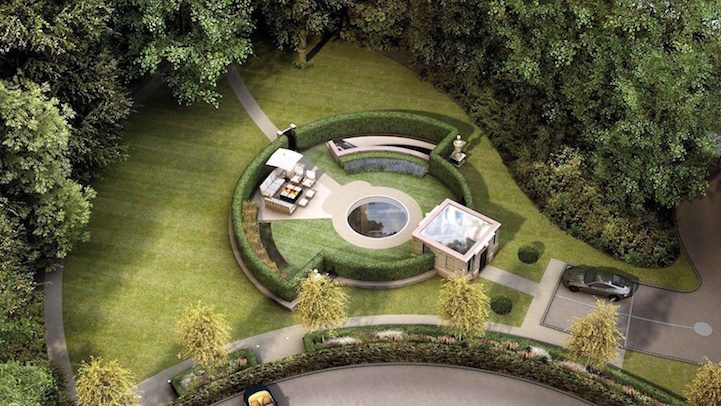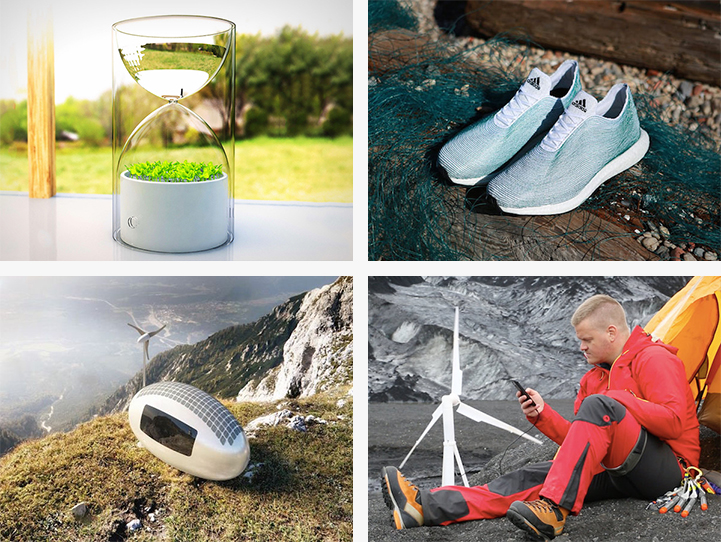
2015 was a big year in terms of eco-friendly gadgets and architectural design. More and more it seems that designers are heeding a rising demand for inventions that are both useful and ecologically sensitive. Over the past year, some of the featured innovations and structural blueprints here at the Met seem to be straight out of the future, incorporating sleek, modern design with modifications that are beneficial for the environment.
We've compiled 17 of our favorite green creations and architectural developments we've featured in the past year that give us hope for the future as we head into 2016.
Check out the top new inventions 2015, with a focus on eco-friendly design and architectural innovation.
Adidas and Parley for Oceans
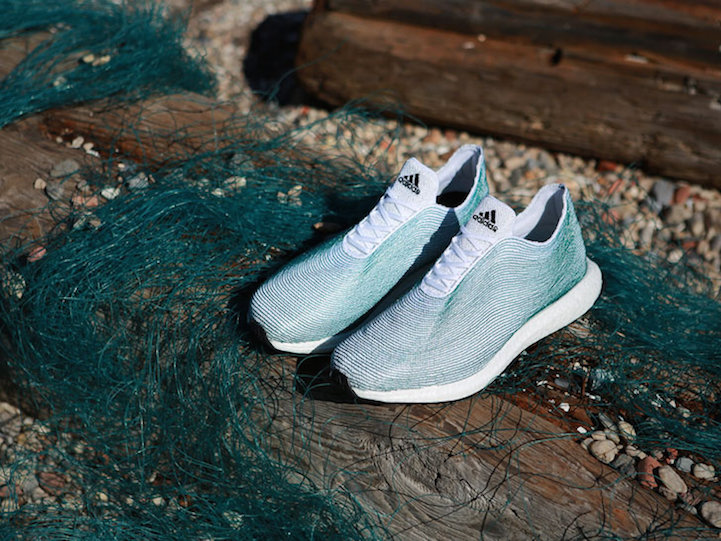
In a partnership with conservation organization Parley for Oceans, sportswear company Adidas released a prototype for a new sneaker composed of ocean plastic and illegal deep-sea gillnets. The shoe design puts good use to ocean refuge and goes to show that fashion and eco-friendly choices aren't necessarily mutually exclusive. Although the shoe itself is not available for purchase as of yet, it marks a new beginning for Adidas as they begin to incorporate recycled materials into their footwear.
Read more: Adidas Partners with Conservationists to Create Shoes Made out of Ocean Trash
Grove Ecosystem
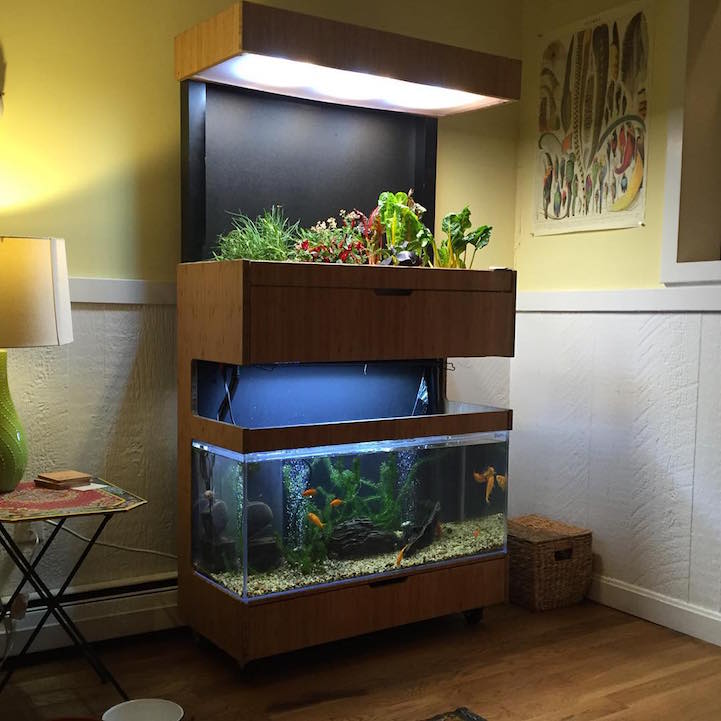
Grove Ecosystems harness the process of aquaponics to create the world's first intelligent in-home garden. An aquarium sits below the garden, and owners make use of the fishes' ammonia-rich waste products which can be converted into nitrate using microbes. This system simultaneously provides the fish with clean water and the home-grown veggies with organic nutrients. All necessary tools and training are within the paired app that helps to monitor growth within the garden.
Read more: Hi-Tech Indoor Garden Uses Aquaponics to Grow a Salad a Day
The Immortus by EVX Ventures
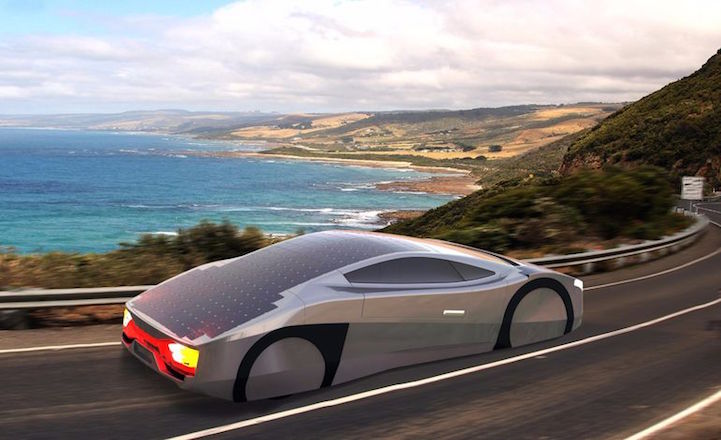
The Immortus is a sleek, new aerodynamic sports car that utilizes solar energy to drive all day. Designed by Melbourne-based company EVX Ventures, the car is powered by solar photovoltaic paneling along its exterior and a small 10 kWh lithium-ion battery within. Capable of driving indefinitely, given a speed of 37 miles per hour, the range of the proposed vehicle is limited as speed increases and available solar lighting decreases. The company plans to begin selling their eco-friendly vehicles in low volumes to maintain affordability.
Read more: Electric Sports Car with Solar Panel Exterior Drives All Day Without Being Recharged
Highways England
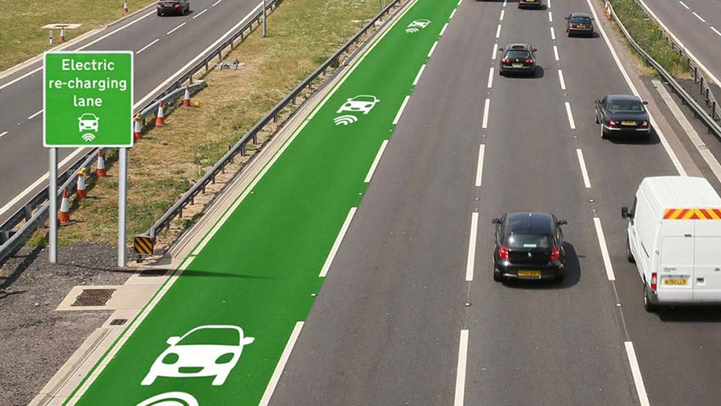
In a wonderfully forward-thinking movement, Highways England has started testing of a wireless power-transfer technology. The hope is for these advancements to be eventually installed into highways, allowing electric cars to be charged by electromagnetic fields buried below. The British government has invested a substantial 500 million into maintaining a position at the forefront of this technology. Other countries are also beginning to examine like-minded ideas–in South Korea there is a stretch of highway that allows buses to be charged in a similar manner.
Read more: UK is Experimenting with Electric Highways That Wirelessly Charge Cars While Driving
Trinity by Janulus
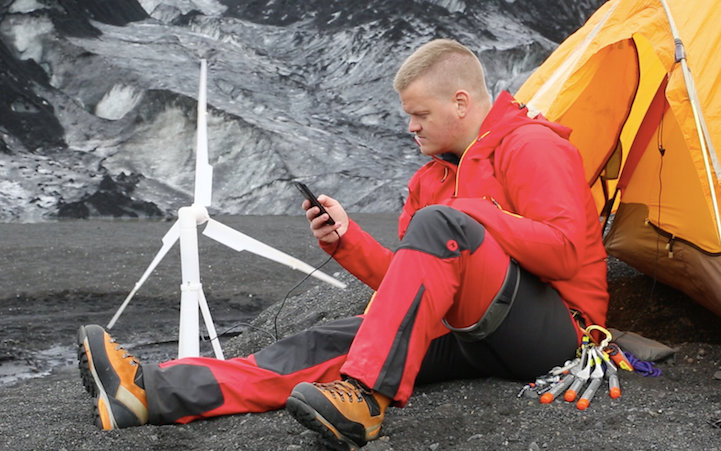
Trinity is the handy gadget that makes use of wind energy to power all your electrical devices. Designed by Janulus, this portable wind turbine comes with 4 alternatively sized models to cater to any and all charging needs. Smaller models are perfect to power devices such as a smartphone, whereas larger versions are capable of charging an electric car, and can still be folded down to an easily transportable size. An app accompanies the turbines, tracking energy generation and allowing you to remotely turn the gadget on and off.
Read more: Portable Wind Turbines Supply Clean Energy for People on the Move
Nebia
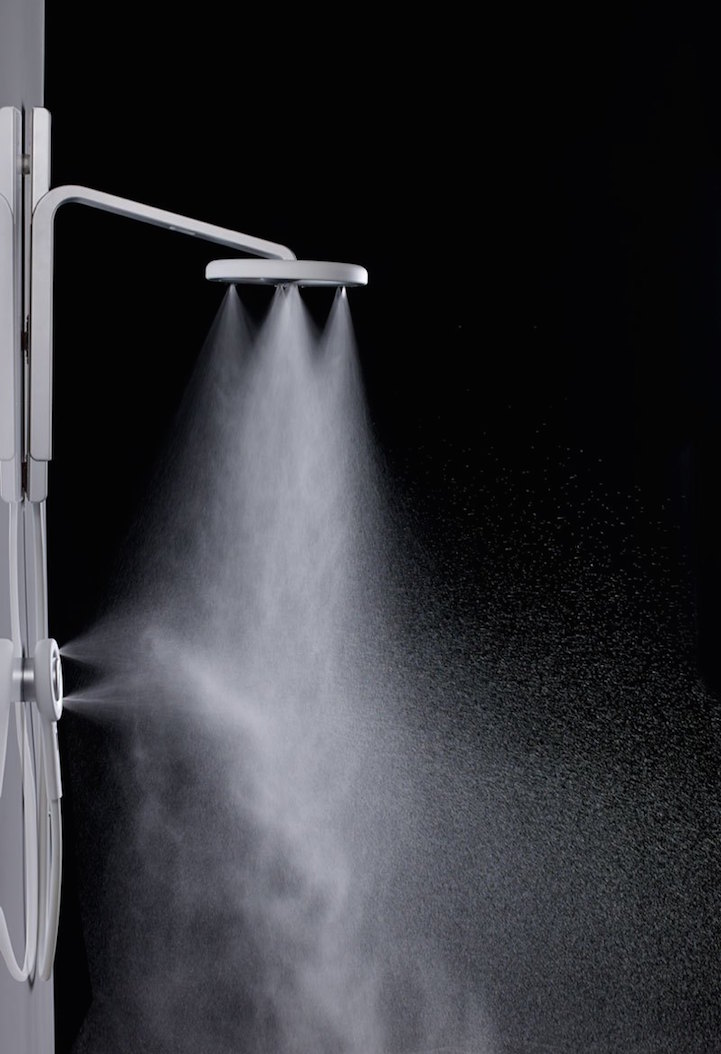
Showers use up a substantial amount of water; however, the Nebia shower system seeks to change this by reducing water consumption by 70% without impacting the shower experience. By utilizing patent-pending H2MICRO technology, the Nebia atomizes the water stream into tiny droplets, allowing greater surface area to be covered, while maintaining water pressure and decreasing water wastage. The system is able to be self-installed, and is adjustable in terms of height and angle of water stream.
Read more: New Eco-Friendly Design Offers More Refreshing Showers While Minimizing Water Usage by 70%
Lives Glass by Xindong Che
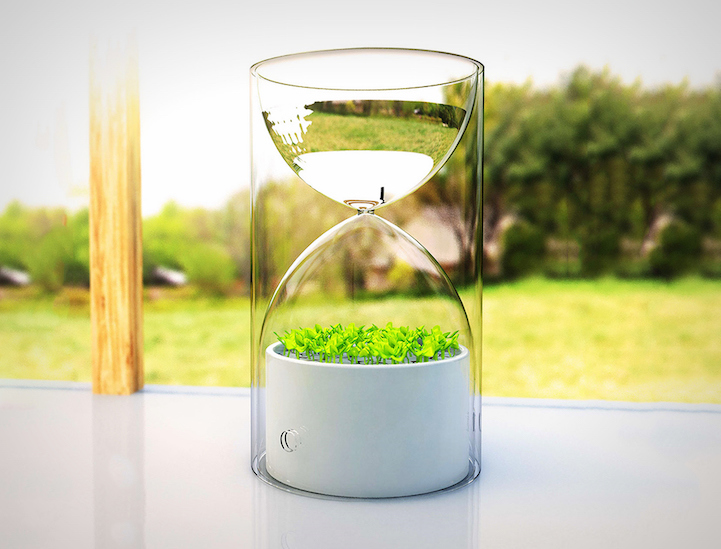
Designer Xindong (Jonathan) Che takes the necessity of a green thumb out of maintaining household plants. His miniature greenhouse provides hassle-free plant care, while providing a neat centerpiece for your living room or work desk. A plant sits in the bottom of the hourglass structure, and it is watered via a drip-irrigation system set up in the top half of the glass. A small hole at the bottom of the contraption allows oxygen to escape, creating a simple but effective air purification system.
Read more: Pocket Sized Greenhouse Self-Sufficiently Purifies the Air
Ecocapsule by Nice Architects
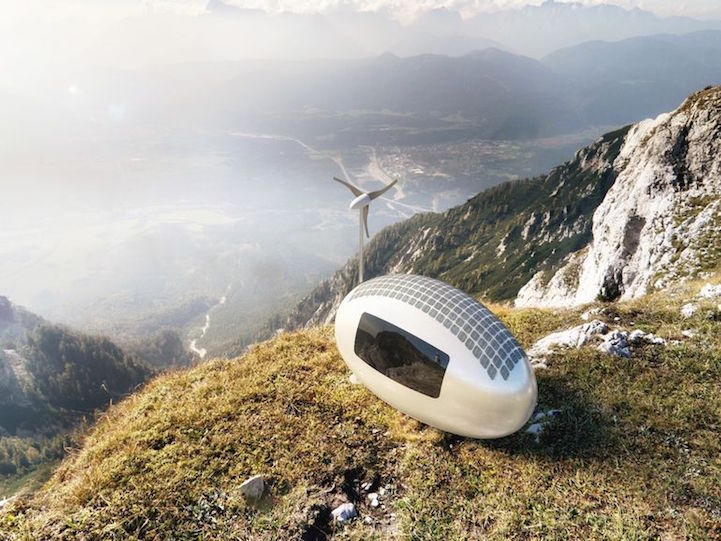
The Ecocapsule really does look like something straight out of the future. This little pod allows you to live entirely off the grid by making use of sustainable technology such as solar power, rainwater collection and filtration, and wind power. Even better, the design is highly portable and flexible enough so that the entire structure can be easily transported and set up anywhere in the world. The pods comfortably sleep two adults and come equipped with all luxuries necessary for comfortable living in the wilderness, including a kitchenette, flushing toilet and even a hot shower.
Read more: Solar-Powered Ecocapsule Allows You to Live Off the Grid Anywhere in the World
Green Magic Homes

These charming little “Hobbit Hole” homes provide the opportunity to live in a little hole in the ground, J.R.R. Tolkien style. These pre-fabricated homes are designed to be easy to assemble, with laminate materials that snap together along perforated flaps. The structures are laterally reinforced by soil, and well protected from the climate and other elements. Best of all, they can be fully put together by 3 people in under 3 days, and require no special skills or heavy equipment. Lightweight materials and easy assemblage means these minimal impact homes can be introduced around the world as alternatives to the traditional style of homes seen today.
Read more: Eco-friendly “Hobbit Hole” Homes Can Be Built in 3 Days
SALt Lamp by SALt

The SALt Lamp is a revolutionary invention that supplies an entire night's worth of light using only a glass of water and two tablespoons of salt. If salt isn't available, the amazing gadget can even run on ocean water alone. This cost effective light source has the possibility to change lives, especially in households unable to access or afford electricity. Currently, production is aimed at non-profit organizations, and the company even plans to extend their technology to produce versions that can charge electrical devices.
Read more: Amazing Invention Uses Only 1 Glass of Saltwater to Supply 8 Hours of Light
Longboardstroller by Quinny
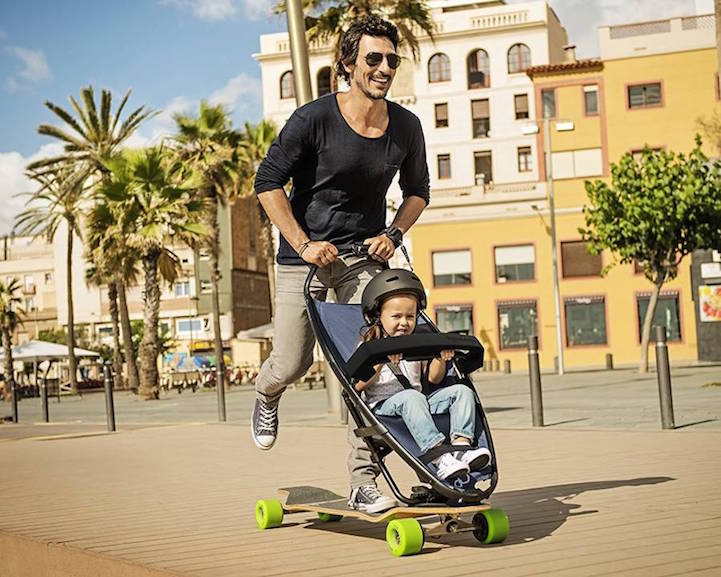
The Longboardstroller allows families to spend quality time together as they explore the world around them. Designed by company Quinny, the goal behind these hybrids is to promote the movement of families within cities, in an eco-friendly fashion. Combining the “comfort of a stroller with the excitement of a long board,” this invention adds a fresh new take on getting around with your child.
Read more: Longboard Combined with Stroller Makes Travel Fun for Both Kids and Parents
Carbon Positive Home by Archiblox

This amazing carbon-positive house generates more energy than it produces. The one-bedroom, one bathroom prototype, seen here on display in Melbourne, Australia, harnesses natural forces to minimize its carbon footprint. Features include solar panels, built-in green space to grow fruits and vegetables, underground tubes to provide natural cooling, and an airtight design to prevent escape of energy. The structure was built using durable and low-maintenance recycled materials.
Read more: World's First Carbon-Positive Pre-Fabricated House
Bio Resin Furniture by Manufract
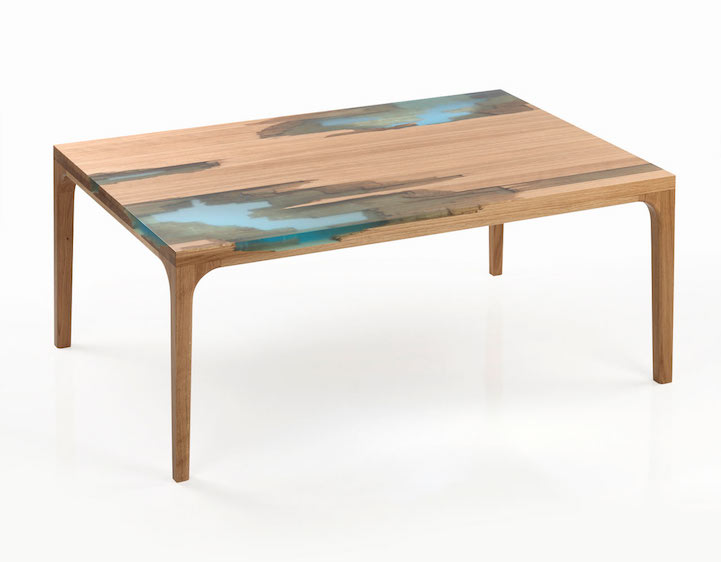
Inspired by the natural process of self-healing that trees undergo, German company Manufract has created a unique line of bio-resin furniture. Combining salvaged wood bits with bio-resins, the company creates pieces that are eco-friendly and aesthetically appealing. The materials used repair wood that would otherwise be discarded, forming sturdy furniture that highlights, rather than hides, its imperfections.
Read more: Eco-Friendly Furniture Uses Glowing Bio Resin to “Self Heal” Salvaged Wood
Perdu by NC Homes and Huntsmere
Known as “low-impact homes,” these luxurious underground houses minimize their impact on green space and the environment by focusing construction downwards, rather than up. Furthering a decidedly eco-friendly stance, the structures incorporate rainwater harvesting, a heat-exchange system, and water heating provided by solar tubes. A dome-shaped passageway in the center of the home allows ample natural lighting to flood the home.
Read more: Luxurious Eco-Friendly Mansion Exists Entirely Below Ground
Homefarm by Spark
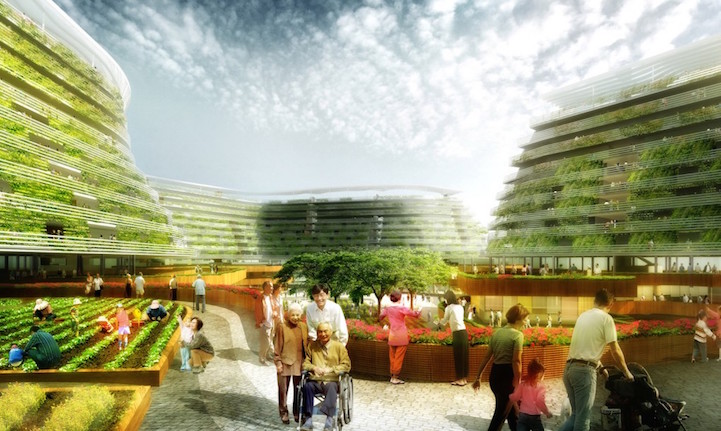
Homefarm is a proposed concept by architectural firm Spark that aims to revolutionize urban retirement with their housing and farming concept. The idea provides an alternative to the typical retirement housing structure, instead allowing residents a space for living as well as a space for farming. The plans provide aging generations the ability to maintain a place in the community within an environmentally sustainable setting. Through an aquaponic vertical farming system that makes use of structures that collect rainwater and treated gray water with fish waste providing the nutrients needed to grow produce, the entire system is designed to be highly sustainable and eco-friendly.
Read more: Revolutionary “Homefarm” Combines Retirement Homes with Eco-Friendly Vertical Farming
Sprout Pencil by Sprout World
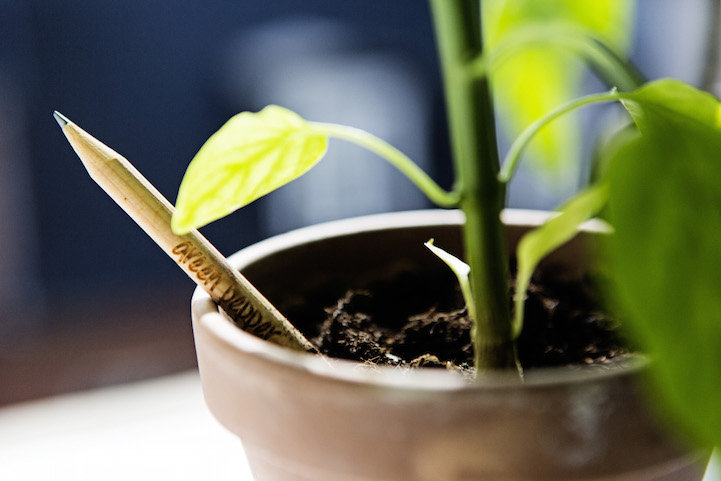
Sometimes the most simple inventions are some of the most brilliant. In an effort to limit the waste that accompanies worn-out writing utensils, three MIT students created Sprout Pencil, a multifunctional alternative. These simple writing tools are composed of cedar, with a biodegradable capsule of seeds and peat in place of an eraser. After the pencil gets too small to write with, stick it in some soil and watch it give birth to new life.
Read more: Specially Designed Pencil Can Be Recycled to Become a Blooming Garden
The Seabin Project
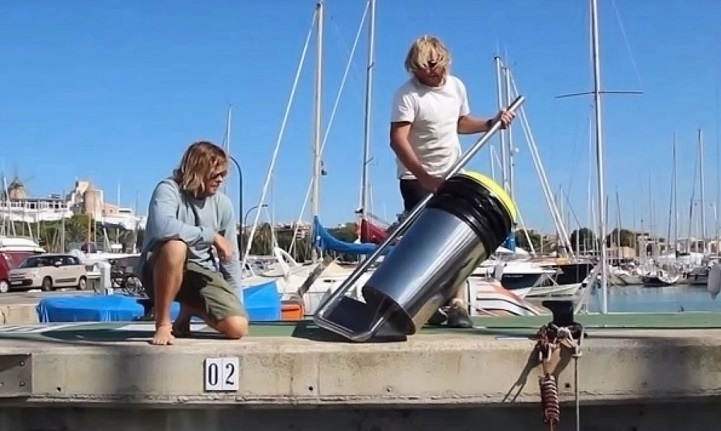
Australian surfers turned entrepreneurs Andrew Turton and Pete Ceglinski are the founders of the Seabin Project. This simple little gadget is poised to make a big difference in oceans across the world. Designed to be set up in marinas and ports, the floating rubbish bin is powered by an on-shore water pump, filtering through water and collecting the garbage as it accumulates within the system. Low maintenance and low cost, the rubbish bin is highly effective and engineered to run all day, every day, slowly but surely cleaning our oceans.
Read more: Brilliantly Simple Floating Rubbish Bin Revolutionizes Ocean Cleaning Technology
